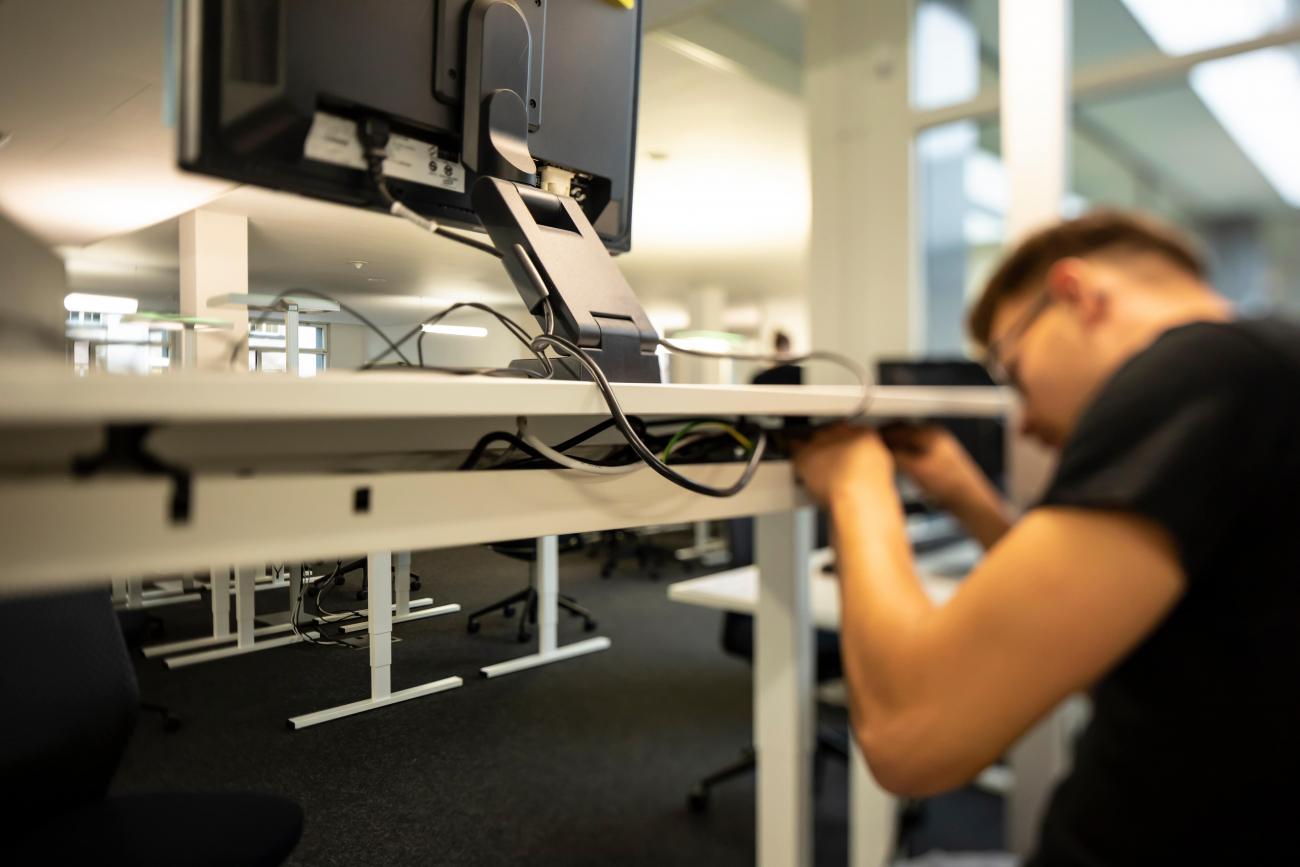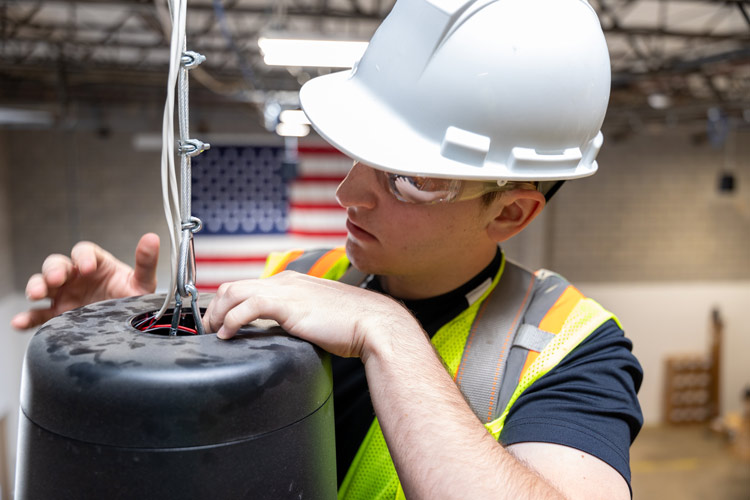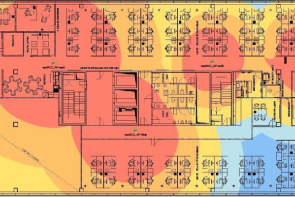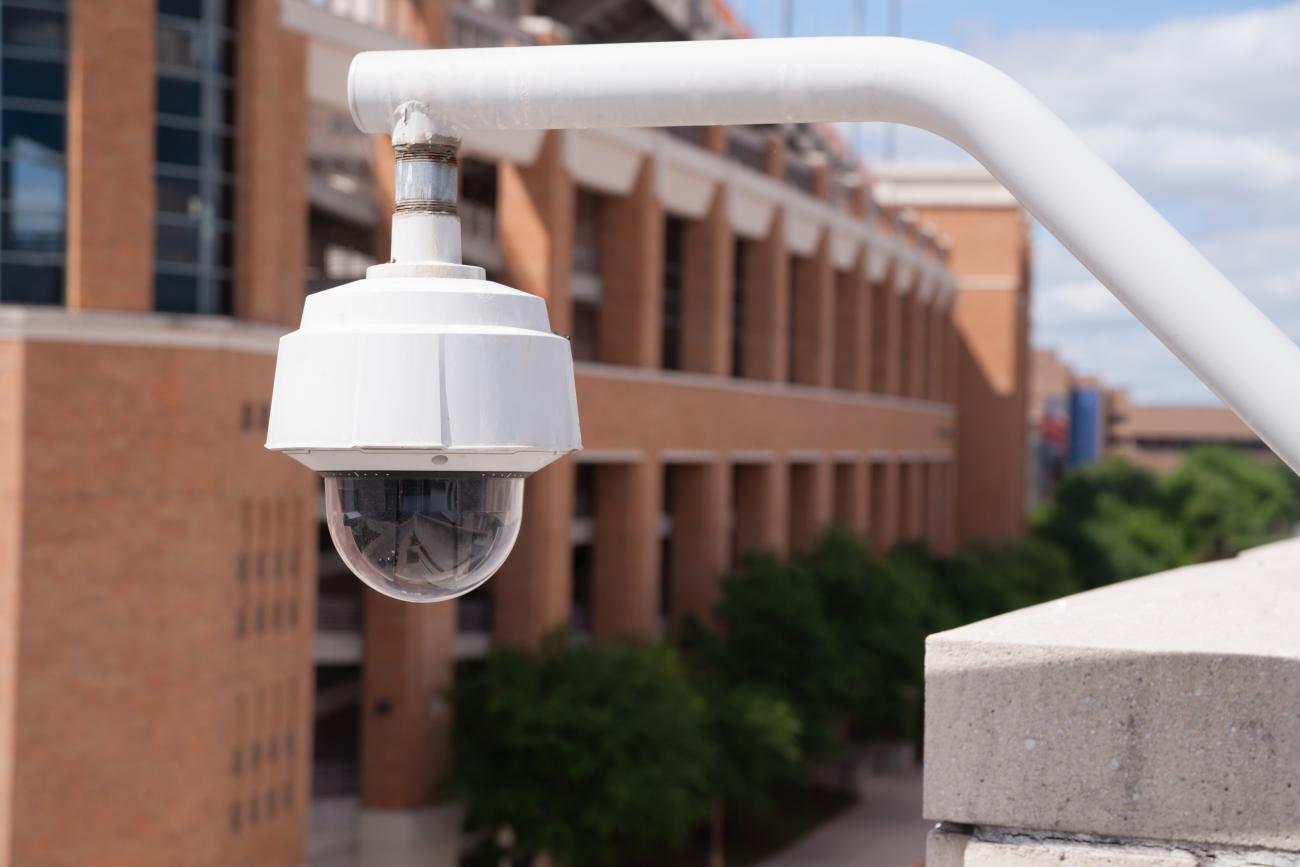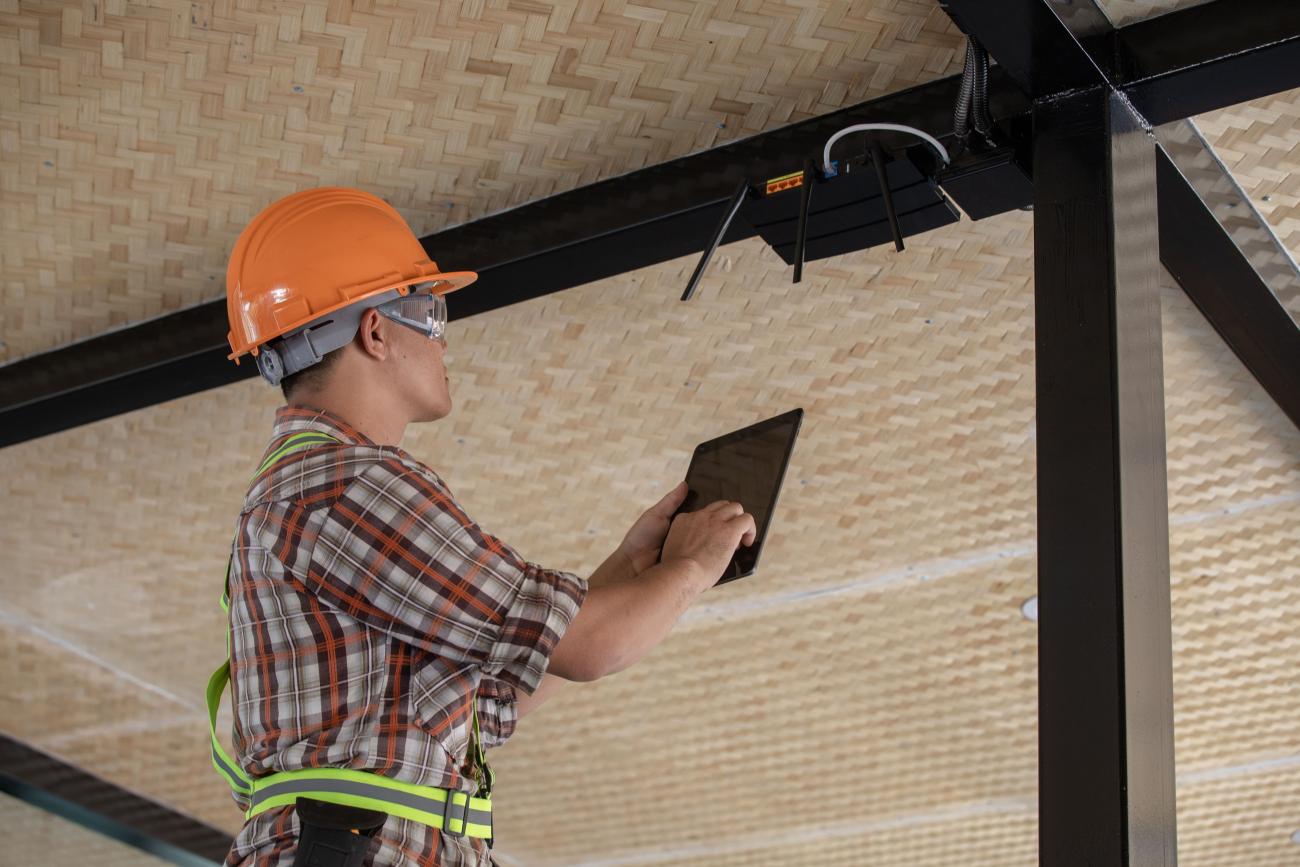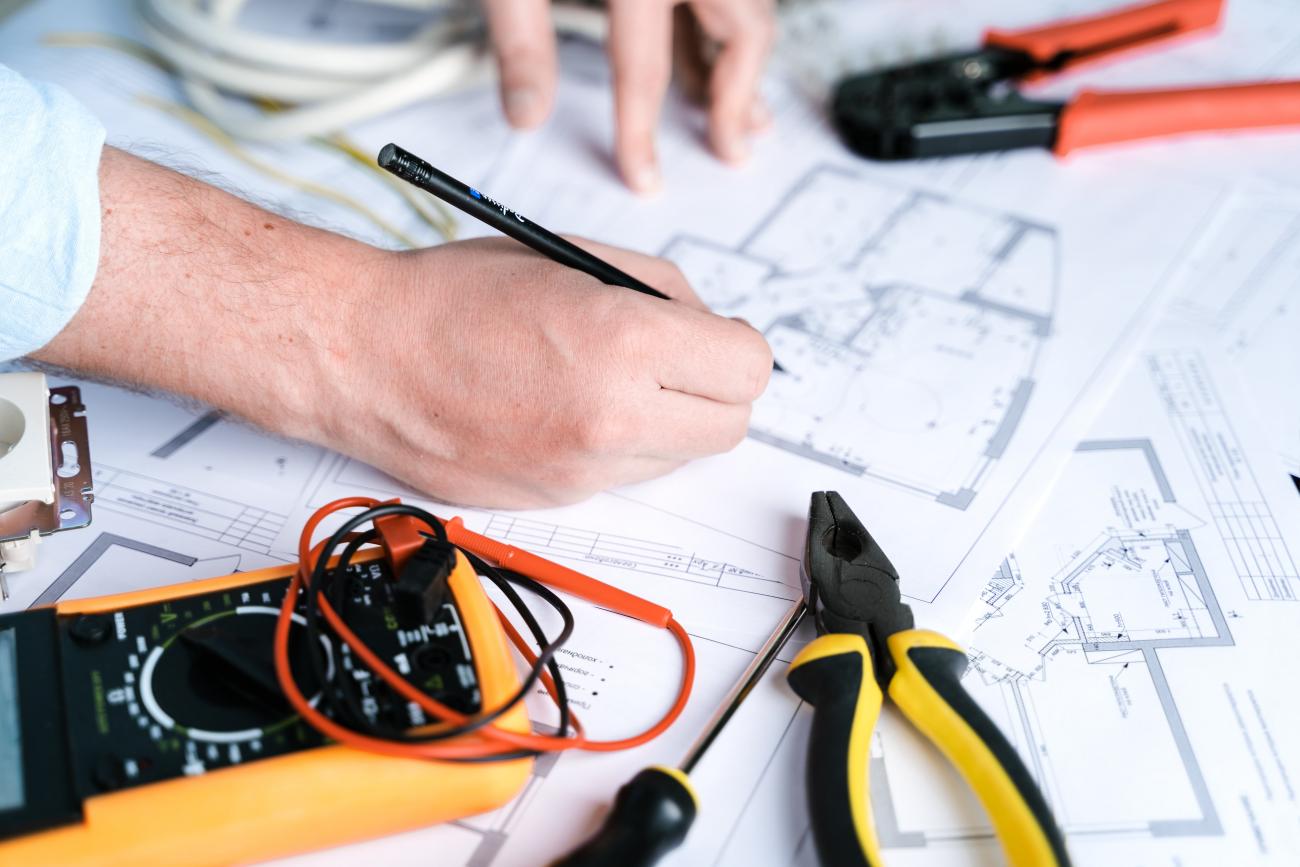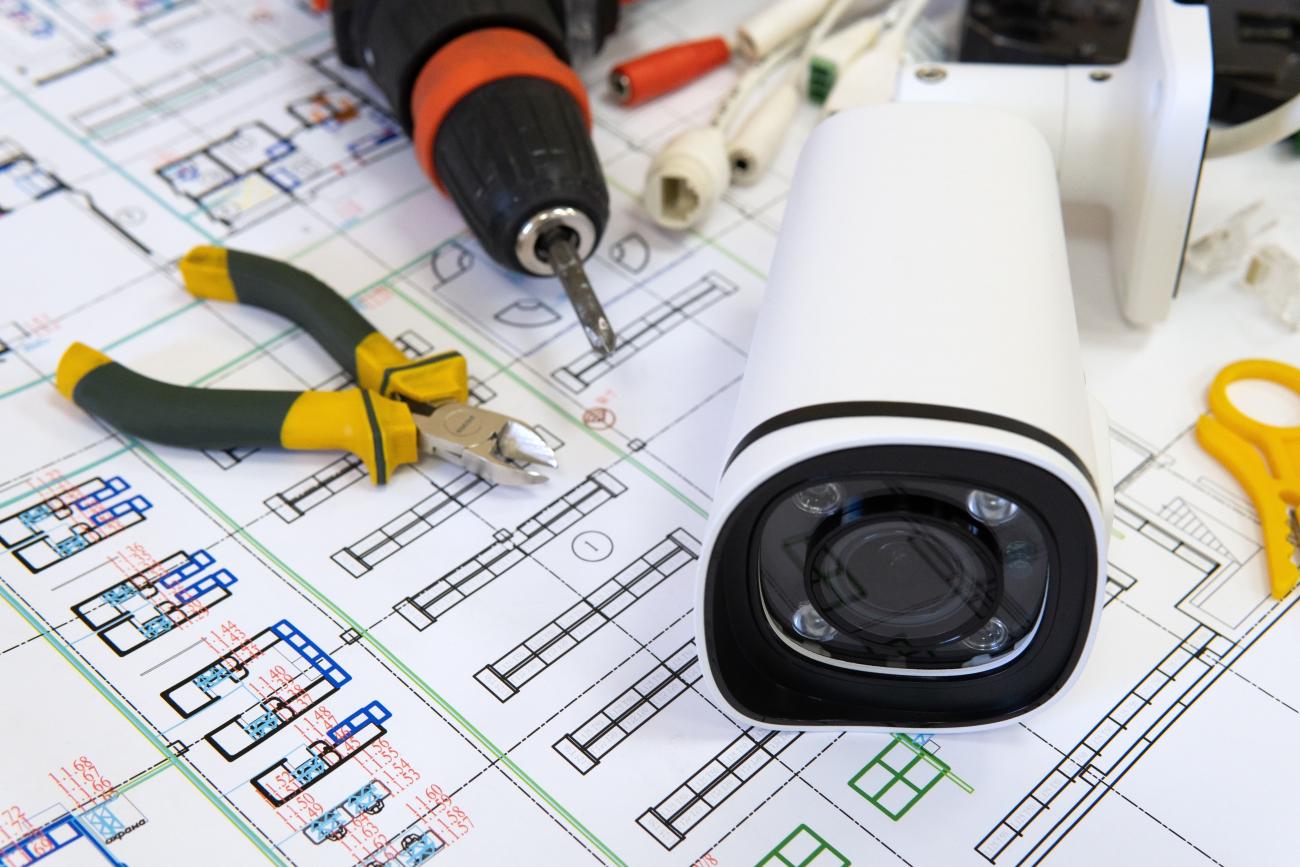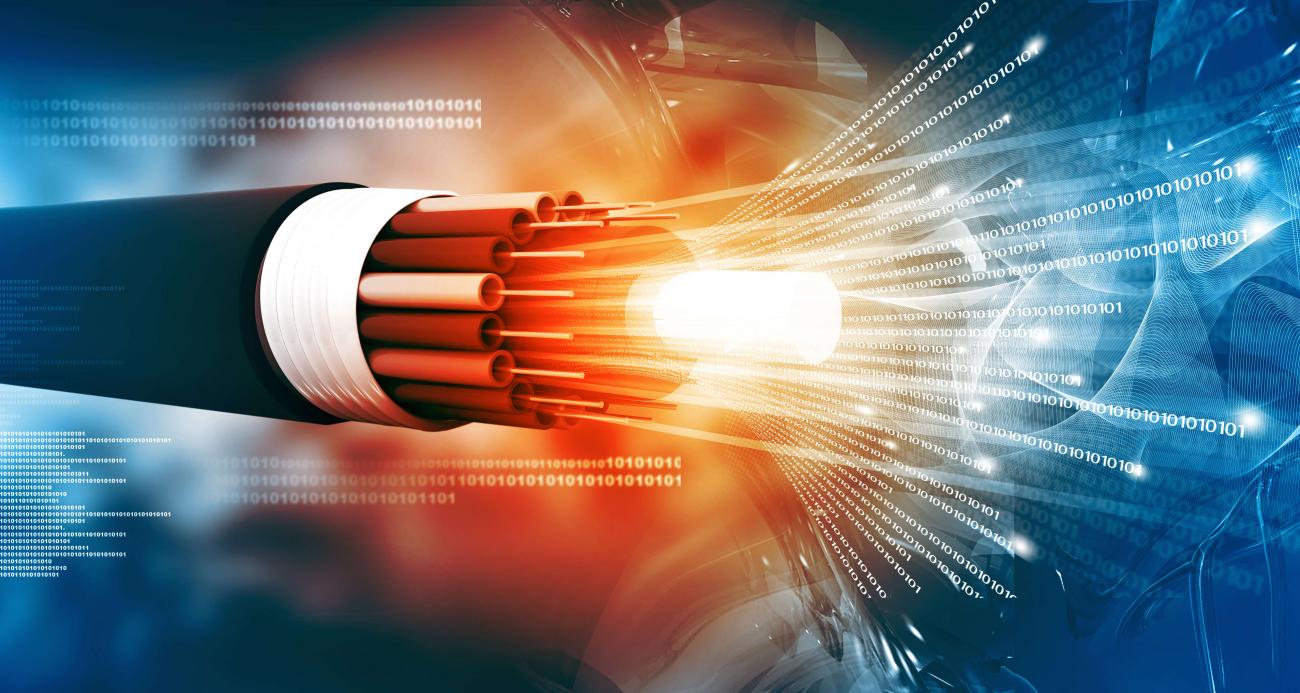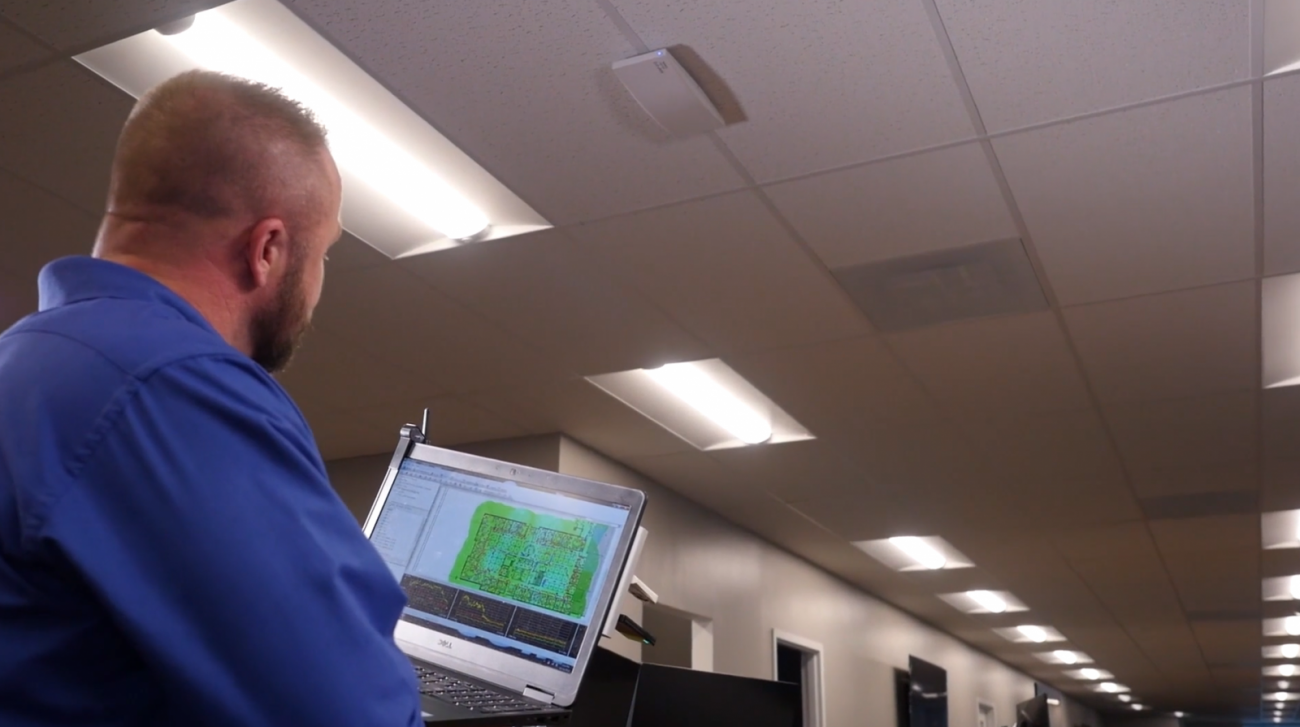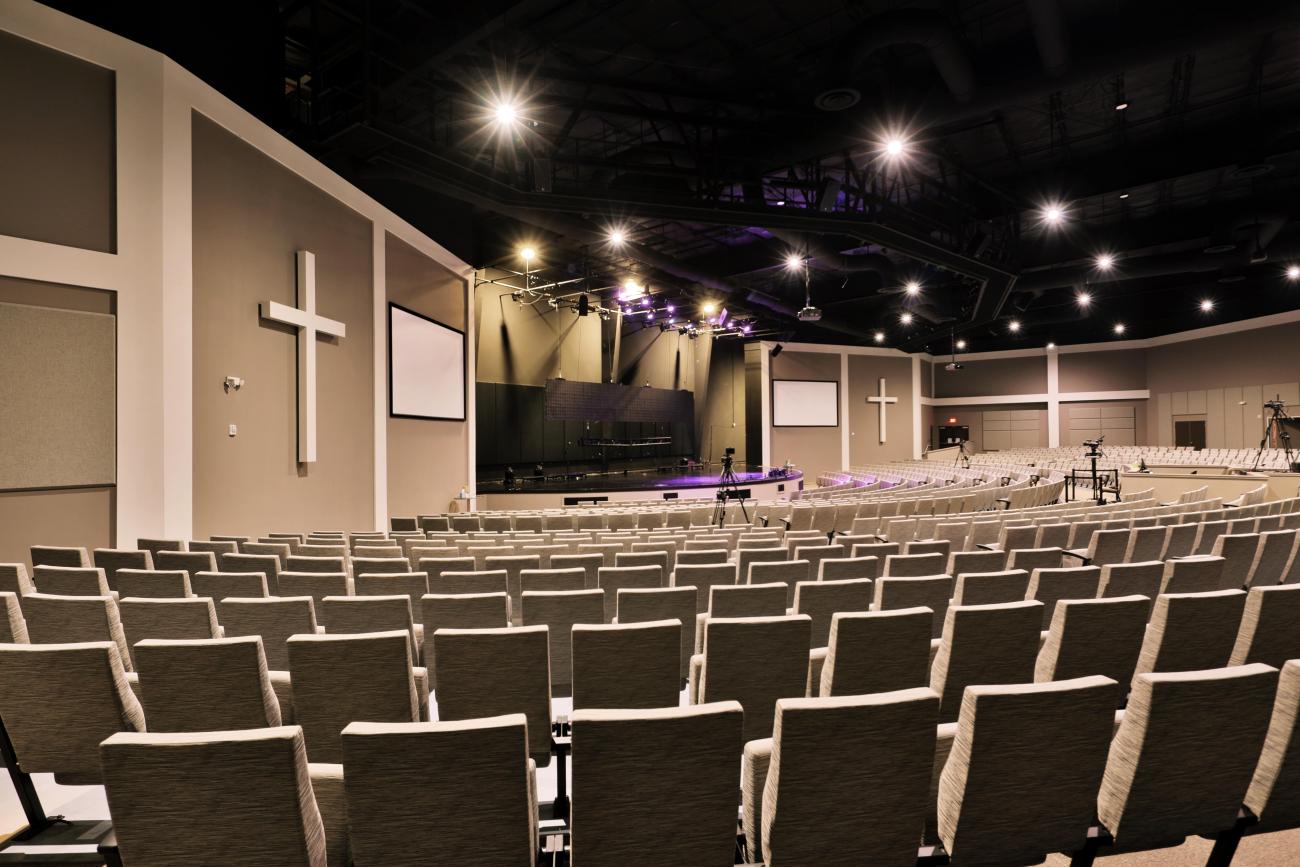Having Your Office Equipment Installed By A Computer Network Installation Company
Continue readingOverhead Paging Systems Installation
Explore the necessary components of installing an overhead paging system
Continue readingWhat is a Wireless Site Survey and Should You Invest in One?
Explore how a wireless site survey can help assess your wireless network coverage and ensure high performance
Continue readingImportance of Structured Cabling for Video Surveillance Systems
Improve surveillance reliability and performance with structured cabling
Continue readingNetwork Cable Wiring For Office Relocation
Inadequate cabling can lead to network issues, productivity loss, and additional costs for IT enhancements. Make cabling a priority as you seek to relocate.
Continue readingProfessional Office Network Cabling
An office’s communications, productivity and security rely on a strong cabling infrastructure.
Continue readingThe Role of Structured Cabling in Commercial Security
The foundation of a secure and reliable security infrastructure starts with structured cabling. Learn how it creates a stronger more reliable security environment.
Continue readingInstalling Fiber Cable Plant and Fiber Backbone
Fiber networks can better meet the demands of high-speed data transmission, security, scalability, and reliability. Learn the key benefits and details of installation.
Continue readingWireless Site Surveys: An Essential Step in Ensuring Seamless Connectivity
Organizations that rely on a strong, consistent Wi-Fi signal or that are finding dead zones throughout their business or campus should consider investing in a wireless site survey.
Continue readingInstalling Church AV Equipment To Enhance Worship Experiences
To enhance communication and improve the overall experience of worship services and events, many houses of worship are turning to upgraded AV systems.
Continue reading